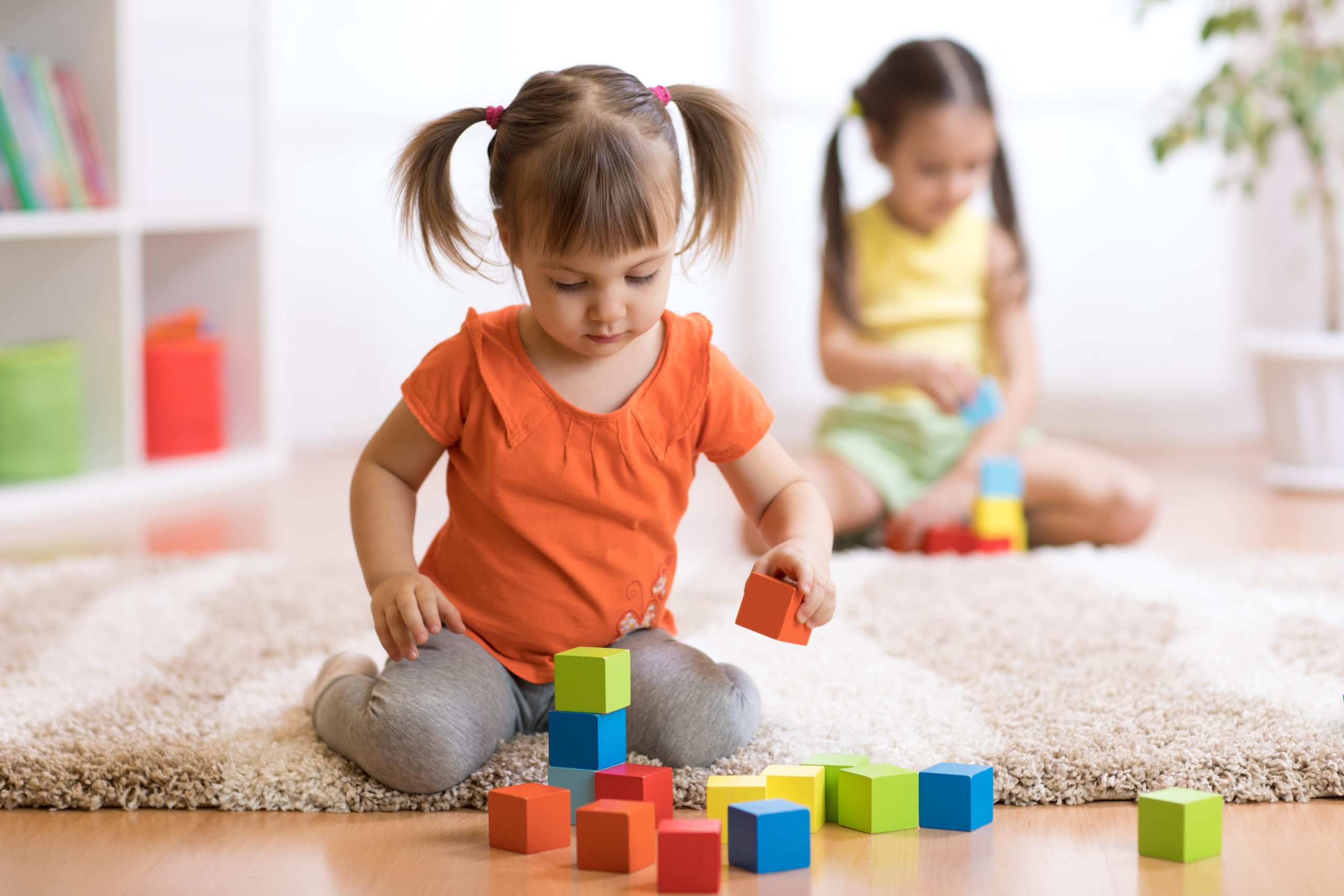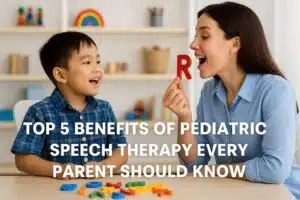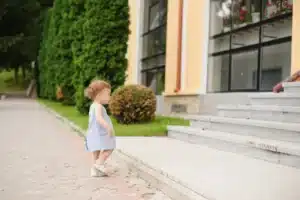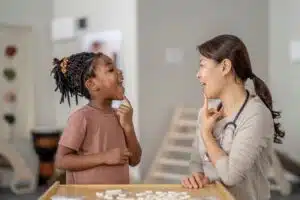By Deborah Lee MS, OTR/L
Play is a child’s main and most important occupation. Through play, children progressively develop skills within various domains such as their overall physical (gross and fine motor), social-emotional, and of course their communication (receptive and expressive language) skills. Play can also be a contributing factor towards an increase in children’s cognition levels, as they learn to problem solve their way through figuring out how to play with a specific toy. For example, a child may look at several blocks laid out in front of him or her, assess it, and realize that they can stack it into one tall tower or attach them in various ways to construct a house. Thus, as parents and adults, it is our job to provide a wide array of opportunities for our children to participate in play and assist them with learning various ways to engage with a toy while taking into consideration their cognitive level(s).
However, one of the biggest concerns that parents come to professionals for is that their child is not engaging with other children during play. Most certainly, there is power in social role modeling whether it is through parents or peers that can help your child develop their play and social skills. To give a better understanding, here is what the Parten’s Social Play Levels explain in relation to children and play:
The first level of play skills is the “unoccupied play”. This is when the child observes and notices objects around his or her surroundings that catches their attention, hence the word unoccupied. During this play, the child may “play” with their own body parts, get on or off a chair, or even simply stand while looking around. They are learning how the world works around them and how their body moves.
The next level of play skills is the “solitary play”, which occurs during 0 through 2 ½ years old. In this stage, children are playing independently with toys that are different from what their peers are engaging with. They are not interested in interacting with others but rather are attempting to explore toys freely and master their motor and cognitive skills. An example of what this play may look like is reading a book or rolling a toy wheeled car on a flat surface.
Next, the “onlooker play” is when the child observes other children play but is not actively involved in the play activity. As an onlooker, they will spend most of their time watching their peers play, may talk and ask questions to other children; however, does not overtly participate. Through this play, children can pick up on the foundation of social cues/skills.
“Parallel play” occurs during 2 ½ through 3 ½ years old. Children in this stage continue to play independently; however, they are among other children and will engage with toys that are similar to what their peers are engaging with. You will notice small interactions occurring between the child and his or her peers. An example of this would be of children playing inside of a sandbox where they are all utilizing tools to scoop and pour sand into various bins simultaneously, but they are engaging in their own type of play.
“Associative play” occurs during 3 through 4 ½ years old. This is when children finally begin playing with other children. They come together through similar interests. They can become more interested in personal associations rather than the activity itself and will voice their opinion on who prefers to take the lead in their play, which are all assisting them with developing their social skills.
And lastly, “cooperative play” occurs during 4 through 5 ½ years old. This is the highest level of play where leadership roles, a child’s specific desire, are voiced during their play and rules may be made. They can also begin to understand a sense of belonging and/or not belonging within a group. An example of this play would be when children are gathered to decorate a Christmas tree altogether!
After reading this, I hope it reassures many parents out there who worry about their children not engaging or interacting with others while playing, since play skills progressively develop overtime. Having an idea of how old your child is and what type of level of play they should be at will definitely provide you with a better understanding of why they are playing the way they are without automatically thinking that there is something wrong with your child.
For reference, here is a case study of a 3-year-old child who is currently receiving occupational therapy services. His mother is extremely worried that he is not engaging with others during play. When she took him out to the playground, she noticed that the child did not seem to acknowledge that other children were also in the same play space. Instead, he took his toy cars onto the playground apparatus to roll it down the slide after other children went down it and there were zero to no interaction exchanged. However, when other children were extremely close to him in terms of distance, he did not mind them or did not become disorganized, as no adverse reactions were present. This child is in the parallel play stage given his age and by how he was engaging in play. He is sharing the same play space with others such as going down the same slide just with no interaction quite yet. Through exposure and continued growth, we may see more social skills evolve, which is what the mother hopes for.




